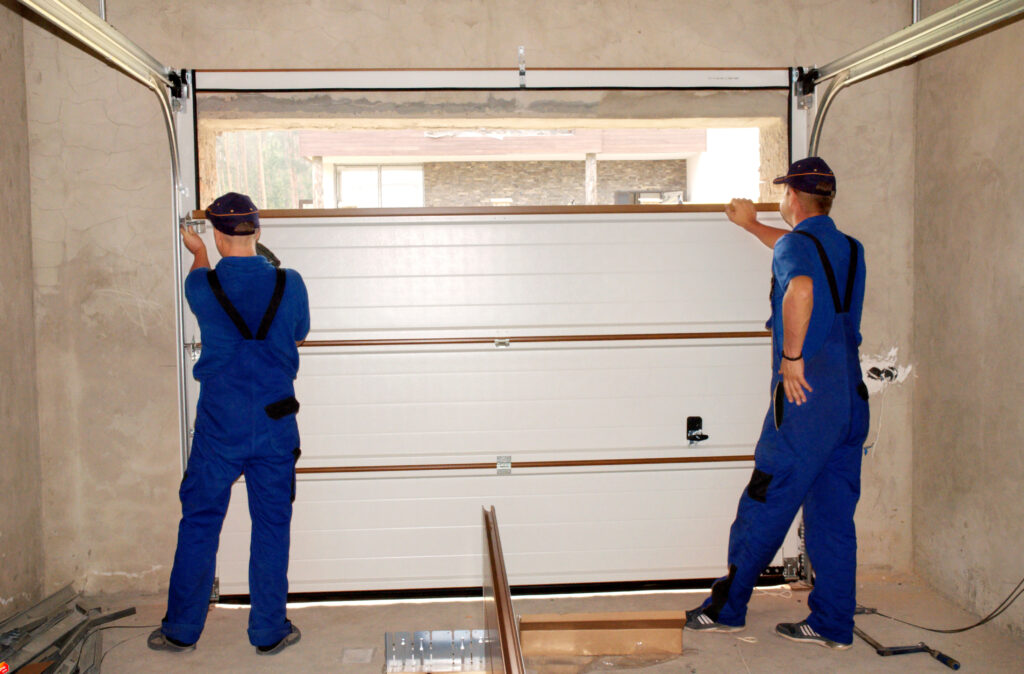
A well-insulated garage door can significantly influence the overall energy efficiency of your home. Many homeowners overlook this aspect, thinking that the garage is just a storage space, but in reality, it can be a major source of energy loss. Proper insulation helps keep your garage warmer in the winter and cooler in the summer, which in turn can reduce your heating and cooling costs. Understanding the ins and outs of garage door insulation is essential for making informed decisions that benefit your comfort and your wallet.
Insulating your garage door isn’t just about temperature control; it’s also about improving the energy performance of your entire home. When your garage is properly insulated, it prevents drafts and minimizes heat transfer, which helps maintain a consistent indoor climate. This is especially important if your garage is attached to your house, as uninsulated doors can be a weak point for energy leaks. By investing in the right insulation, you’re not only enhancing comfort but also contributing to a more energy-efficient living space.
Why Garage Door Insulation Is Key to Energy Efficiency
Garage door insulation plays a vital role in reducing energy loss, especially since garage doors are often large, exposed surfaces that can transfer heat easily. Without insulation, cold air can seep in during winter, and warm air can escape, forcing your heating system to work harder to maintain a comfortable temperature. Conversely, during summer, uninsulated doors can allow heat to enter, increasing your cooling expenses. Insulation acts as a barrier that minimizes these temperature fluctuations, leading to lower utility bills and increased comfort.
In addition to cost savings, insulated garage doors contribute to a quieter and more secure environment. They tend to absorb noise better than non-insulated doors, which is a bonus if you use your garage as a workshop or if your garage is near living spaces. Furthermore, insulation adds a layer of durability and strength to the door, making it less susceptible to dents and damage. Overall, insulation isn’t just an energy-saving measure; it’s a practical upgrade that enhances the garage’s functionality and longevity.
Choosing the Right Insulation: R-Values and Cost Benefits
Selecting the appropriate insulation for your garage door largely depends on the R-value, which measures thermal resistance. The higher the R-value, the better the insulation’s ability to resist heat transfer. For most residential garages, an R-value between 6 and 12 is recommended, with R-10 being a common choice for balanced insulation and cost. If you’re in a colder climate, opting for higher R-values can provide better energy savings and comfort, though it may come at a higher initial cost.
Cost benefits of garage door insulation are notable over the long term. While higher R-value insulation might have a higher upfront expense, the savings on energy bills can offset this initial investment fairly quickly. Insulation also adds to the overall durability of the garage door, potentially reducing maintenance and replacement costs. When choosing insulation, consider factors like climate, budget, and desired comfort levels. By doing so, you can find a solution that offers the best balance of efficiency and cost-effectiveness for your home. Sam’s Garage Door, 714.331.7893
